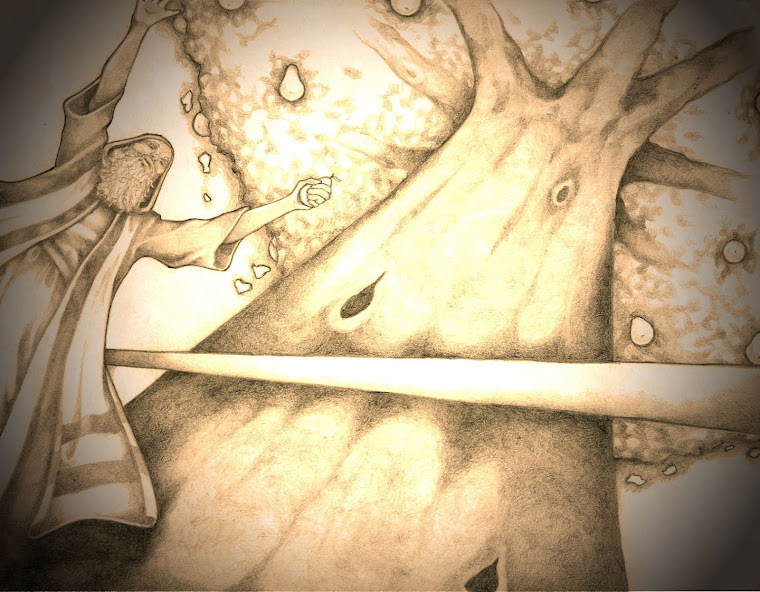I was blessed to be able to attend the Book of Mormon Central Conference in Provo, Utah last month. I will be sharing some of the amazing presentations from the conference on my blog starting with this one from Jerry Grover. He explains how he has attempted a translation of the "caractors" document that is commonly referred to as the Anthon Transcript (although it definitely is not). If you are familiar with the history of this document containing some of the caricatures from the "Gold Plates" that Joseph Smith used in the translation of the Book of Mormon than you will find Jerry's work extremely interesting. As I followed Jerry's translation process copying the caricatures I couldn't help feel closer to the prophets of old who compiled the records contained in the Book of Mormon especially Mormon and Moroni. Well done Jerry thanks for your work.
This blog is designed to share research and evidences that I find interesting or informative in regards to the Book of Mormon, Bible, and other standard works. I usually focus on the ceremonial ties between the Israelites the Hopi and those found in Mesoamerica or the possible lands of the Book of Mormon.
In The Cavity of a Rock

Father Lehi
Tuesday, April 11, 2017
Jerry Grover's Translation of the "Caractors" Document Book of Mormon Central Presentation
I was blessed to be able to attend the Book of Mormon Central Conference in Provo, Utah last month. I will be sharing some of the amazing presentations from the conference on my blog starting with this one from Jerry Grover. He explains how he has attempted a translation of the "caractors" document that is commonly referred to as the Anthon Transcript (although it definitely is not). If you are familiar with the history of this document containing some of the caricatures from the "Gold Plates" that Joseph Smith used in the translation of the Book of Mormon than you will find Jerry's work extremely interesting. As I followed Jerry's translation process copying the caricatures I couldn't help feel closer to the prophets of old who compiled the records contained in the Book of Mormon especially Mormon and Moroni. Well done Jerry thanks for your work.
Wednesday, February 22, 2017
The Incursion of Foreigners
 |
| Ariel View of Guatemala City |
Now the Book of Mormon does not say what the reason for fleeing was other than being warned of the Lord but we do know that shortly thereafter the Land of Nephi was inhabited by the Lamanites as the largest population in that area even after Zeniff leads a party of Nephites to return back to the Land of Nephi which is later referred to as the Land of Lehi-Nephi.
 |
| Ruins at Kaminaljuyu |
"It is plausible that Mosiah and his people fled from Lamanite invasion. Around 200 B.C., there was a massive incursion of people into highland Guatemala (Sorenson's land of Nephi) from the northwest. They were likely Quichean peoples. Julia Guernsey indicates that these Quicheans' appear to have moved south and eventually invaded such places as La Lagunita and Kaminaljuyu. They displaced much of the local population and replaced the elites, which, in the case of Kaminaljuyu, were likely Cholan speakers. The displaced inhabitants of Kaminaljuyu fled the area with the arrival of these people. Both Quichean and Cholan are different Mayan language groups, as Spanish and French are both Romance languages. Thus, at the right time and in the right place, we have an incursion of foreigners that created an exodus of residents." (Traditions of the Fathers pg. 214-215)
Although we don't have specific evidence that this incursion of foreigners were indeed the Lamanites of the Book of Mormon we do know that the right activities are happening right where and when they should be happening if Sorenson's educated guess for the Land of Nephi is correct.
Subscribe to:
Posts (Atom)